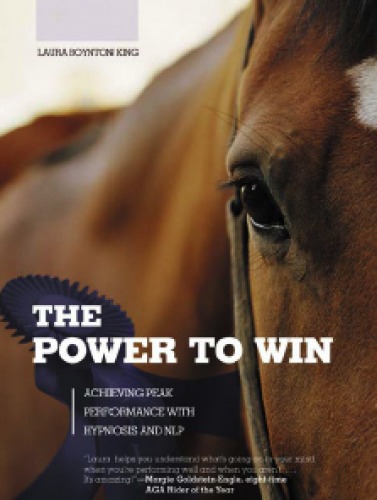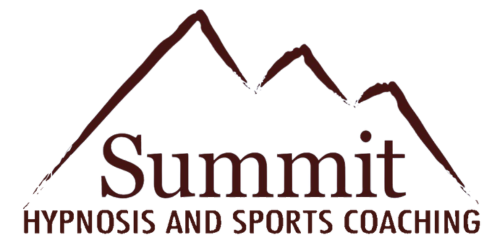[et_pb_section bb_built=”1″ admin_label=”section” _builder_version=”3.0.47″][et_pb_row admin_label=”row” _builder_version=”3.0.48″ background_size=”initial” background_position=”top_left” background_repeat=”repeat”][et_pb_column type=”4_4″][et_pb_text _builder_version=”3.15″ background_size=”initial” background_position=”top_left” background_repeat=”repeat”]
 NLP (Neuro-Linguistic Programming) is a great tool for every trainer to have in their tool chest. NLP is about altering perceptions, as they are what define what we call “reality.” Just as your memory is not an exact replication of what has occurred in the past – it is your perception or your visual representation of past occurrences – what your students perceive you are saying is based on their belief system. No one has access to absolute knowledge of reality, but only to a set of beliefs stored over time about reality.
NLP (Neuro-Linguistic Programming) is a great tool for every trainer to have in their tool chest. NLP is about altering perceptions, as they are what define what we call “reality.” Just as your memory is not an exact replication of what has occurred in the past – it is your perception or your visual representation of past occurrences – what your students perceive you are saying is based on their belief system. No one has access to absolute knowledge of reality, but only to a set of beliefs stored over time about reality.
By becoming knowledgeable and, more importantly, skilled, in the techniques of NLP, you will be able to communicate more effectively, think more clearly, manage your emotions more effectively, enjoy being – and create more success as – a trainer ever before. NLP techniques set out to alter our verbal and nonverbal communication so we produce the results and actions we intend to produce.
Here are 8 essential principles of NLP that will help you shift your perception as a trainer:
1) There is no such thing as failure; there is only feedback.
If the feedback you have isn’t what you wanted, you should change what you did in order to change the feedback. In other words, if what you’re doing is not getting the results or outcome you desire, you ought to change what you’re doing.
2) Everything that happens is neutral.
You may have seen the bumper sticker that reads “Life Happens”. In reality, everything that happens is neutral. Life, death, accidents, or even one of your students performing poorly in a competition; they’re all neutral. Only when we label them positive or negative do they take on a life of their own. The happening is simply neutral, but the way you look at life can affect the body and how it performs, and that includes athletic performance and even your ability to help your student ride better. Thankfully, we all have the innate ability to choose how we look at any given set of circumstances or events. In NLP, we refer to “reframing” as that shifting of our perspective, and changing our approach and, most likely, changing the outcome.
3) The meaning of a communication is the response you get.
As a trainer, this is key. You may blame your student for not doing what you said, and blaming others and being defensive is a natural reaction. Even though your intention of the communication may be correct, those intentions are meaningless unless they match the messages that those around you receive. If someone receives a message that doesn’t match your intention, the responsibility falls on you to change that outcome. In other words, you may not be getting the response that you want, but you will always get a response to what the other person heard.
It’s easier to change yourself than it is to change anyone else—and that includes your student or your student’s horse!
4) The map is not the territory.
This is another way of thinking about #3. Tough you have an intention behind your communication, that intention is meaningless unless it matches the message that those around you receive. In other words, the map is not the territory—meaning our perception is what creates our reality.
5) You cannot not communicate.
Think about it. Everything someone else can see, hear or feel, that is coming from you, is communicating something about what you are thinking and feeling. Your body language, eye movement, and tone of voice all send a message, as does the speed of your breath or pace of your speech. We communicate virtually all of the time – we cannot help it. Again, this is vital for the trainer and a key lesson for your students. Emotions create physical responses that are not conscious. Anger, fear, disgust, and love are all accompanied by clear physical indicators.
If your student brings outside worries and concerns into the ring, it affects their overall performance.
6) What you think is what you get.
- You are what you concentrate on.
- What you concentrate on seems real (because real and imagined cannot be discerned by the mind).
- What you concentrate on grows.
- You always find what you concentrate on.
7) You don’t know what you don’t know.
This is known as unconscious incompetence. Experts/coaches/ therapists/ hypnotherapists are helpful because you don’t know what you don’t know. But once you do, you are at the point of choice. Then, you know what you don’t know, and you can choose to do something about it.
In NLP, when we achieve peak performance, excellence, or personal best, we say that we have evolved from . . .
unconscious incompetence -to- conscious incompetence -to- conscious competence -to- unconscious competence
Every rider starts with unconscious incompetence, not knowing what they don’t know. Then the rider learns just how much they didn’t know. This is conscious incompetence. This may be where you, the trainer, are introduced.
After some training and practicing, the rider becomes aware of what they are doing to be successful; they are reaching the state of conscious competence. And finally, your student reaches a state where they are no longer aware of thinking about what they are doing to achieve success. This is your ultimate goal when working with a student, and it is called unconscious competence.
8) If one person can learn to do something, so can you… so can your student.
This doesn’t mean that every student who steps into the ring can win gold in the Olympics just because they’re human and know how to ride. It does mean that your student can learn from an Olympian’s success. The same goes for you as the trainer. There is always something to learn from the success of others.
The fastest way to excellence is to find someone who already exhibits it and do what they do. NLP uses several techniques to produce and reproduce excellence. The ones I use most in my practice are:
- Modeling
- Circle of Excellence
- Theater of the Mind
- Anchoring
And as a hypnotist, I have learned that when you combine NLP with hypnosis, you create the opportunity to speed up and deepen the changes you want to create. This powerful combo puts you on the fast track to excellence! [/et_pb_text][/et_pb_column][/et_pb_row][/et_pb_section]

